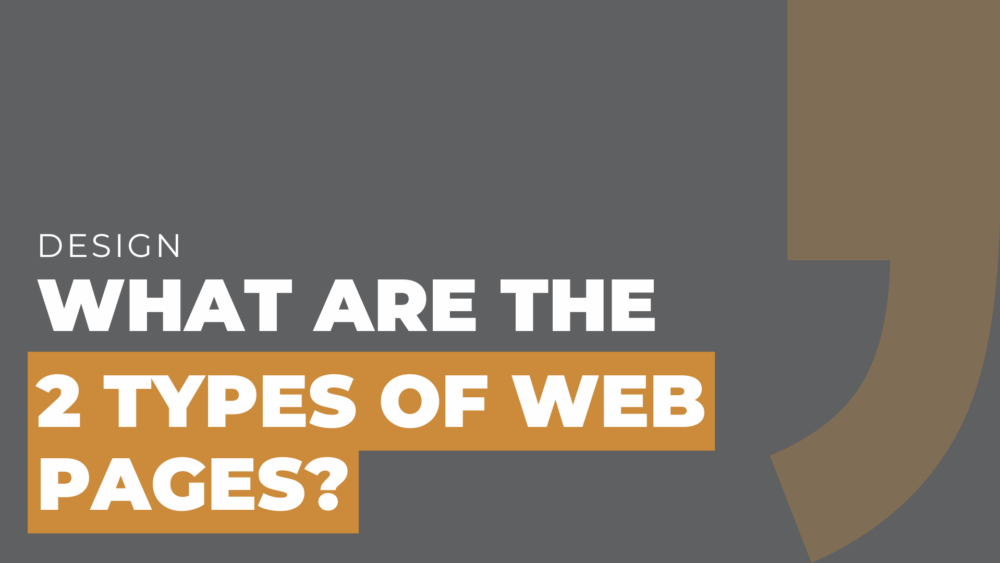What are the 2 types of web pages?
The two main types of web pages are static and dynamic.
Static web pages show the same content to everyone, while dynamic pages change content based on user interactions or other factors.
Let’s dive into the details and see how these pages differ and work together in the world of web design.
How Do Static and Dynamic Web Pages Differ?
Static web pages are pretty straightforward.
They display the same content to everyone who visits.
These pages are usually made with HTML and CSS, making them easy to create and maintain.
Since the content doesn’t change, static pages load quickly and are perfect for sites that don’t need frequent updates, like portfolio sites or simple informational pages.
Dynamic web pages, on the other hand, can change their content based on what the user does, the time of day, or other variables.
These pages often use server-side languages like PHP, ASP.NET, or JavaScript to create content on the fly.
Dynamic pages are great for e-commerce sites, blogs, and social media platforms where content needs to be updated regularly and personalized for each user.
Can a Website Have Both Static and Dynamic Pages?
Absolutely! A lot of websites use both static and dynamic pages.
This hybrid approach lets you keep things simple and fast with static pages, while dynamic pages handle the more complex, interactive parts of the site.
This way, web developers can balance performance and user experience.
For instance, a business website might use static pages for the “About Us” and “Contact” sections to keep things quick and easy to maintain.
Meanwhile, the blog or product pages might be dynamic, allowing for easy updates and personalized user experiences.
By mixing static and dynamic pages, web developers can create a versatile and user-friendly website.
Benefits of Combining Static and Dynamic Web Pages
Using both static and dynamic web pages can be a game-changer.
It makes your site faster because static pages don’t put as much load on the server.
It also makes updating content easier since dynamic pages can be updated without changing the whole site.
Plus, it gives users a better experience with personalized content and interactive features.
A mixed approach can also help with SEO.
Static pages with consistent content can rank well in search engines, while dynamic pages can attract more visitors by regularly updating content and including user-generated material.
At the End of the Day
By combining both types, web developers can create websites that are not only fast and efficient but also engaging and easy to use.
As you go through the stages of web design, think about how using both static and dynamic pages can make your website even better.


Comments are closed.